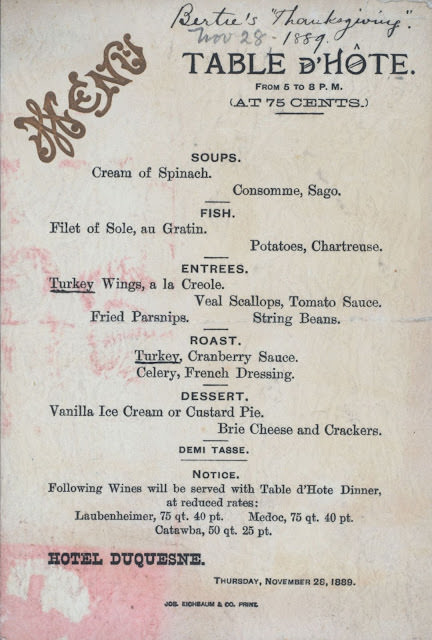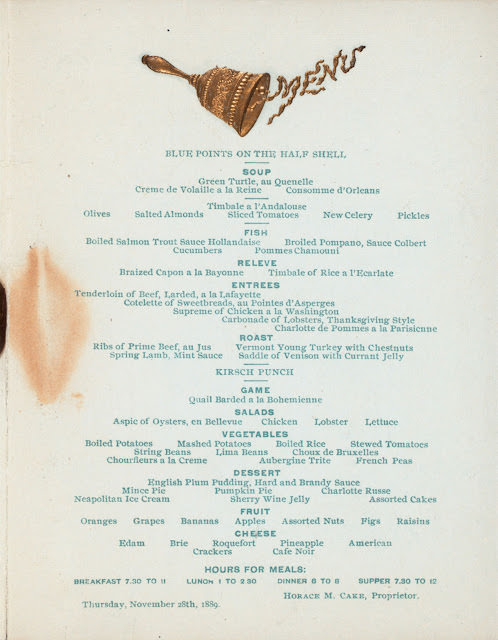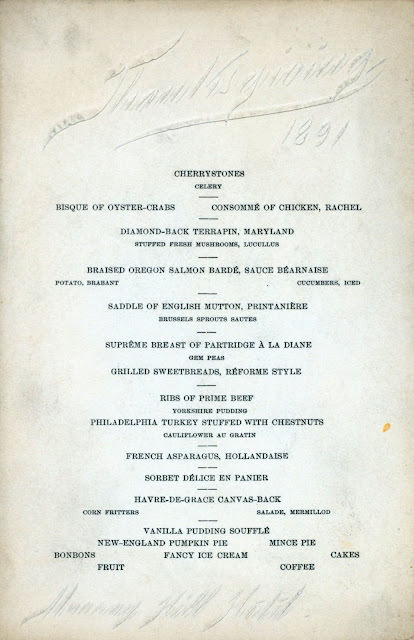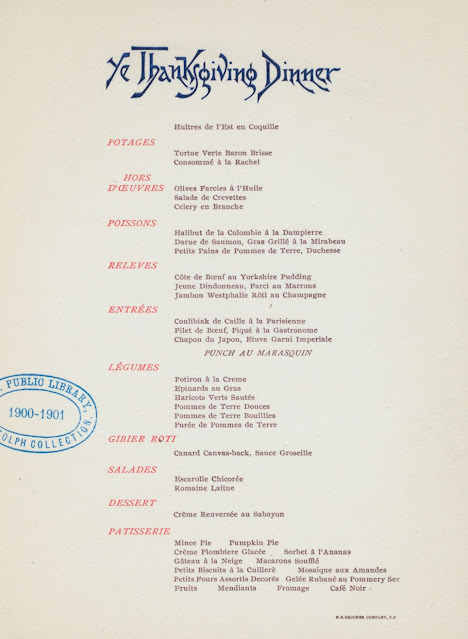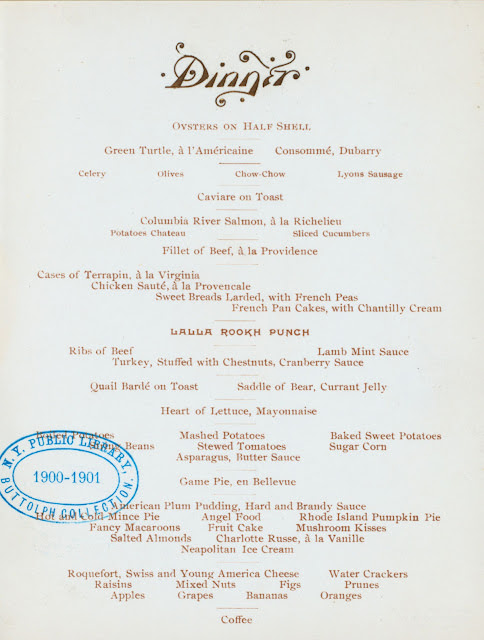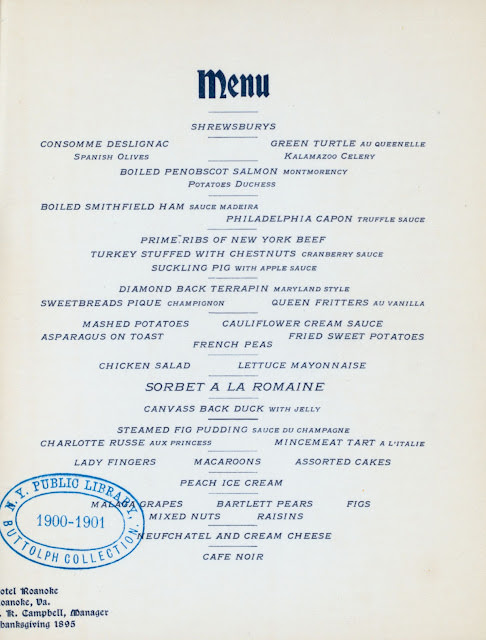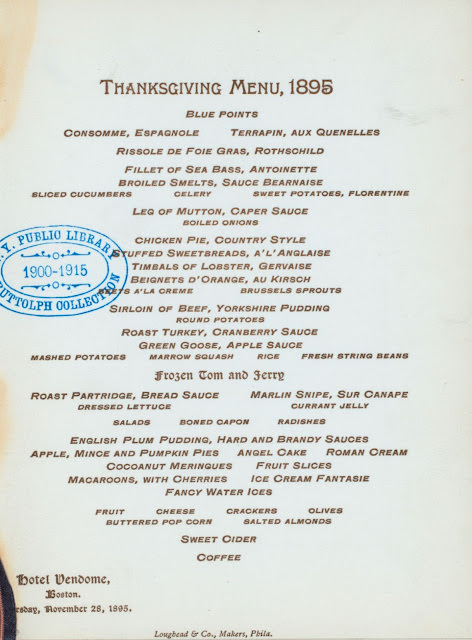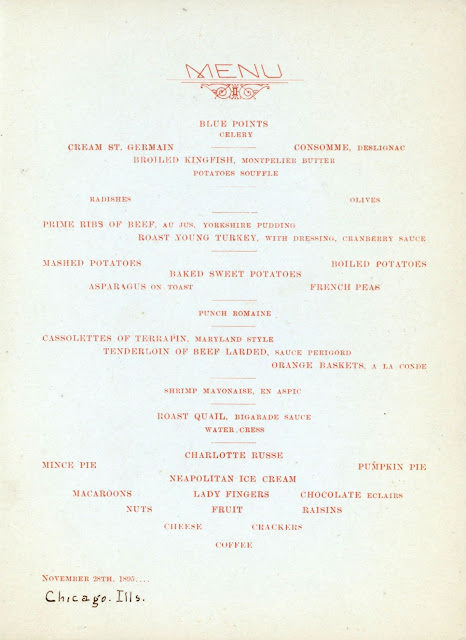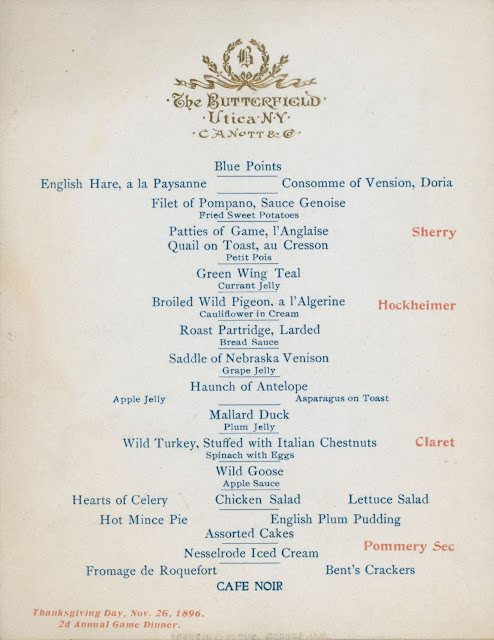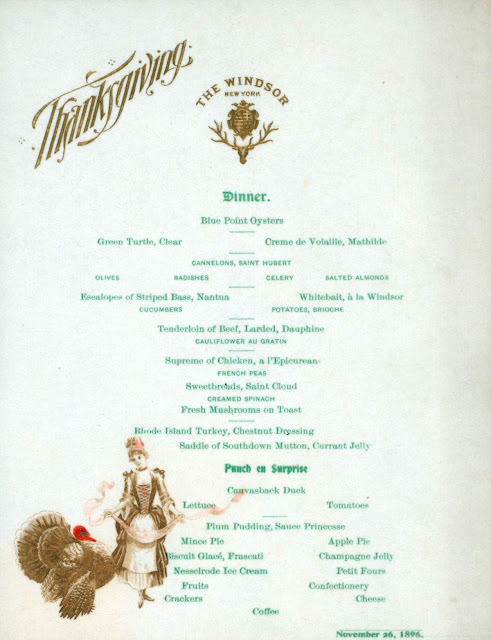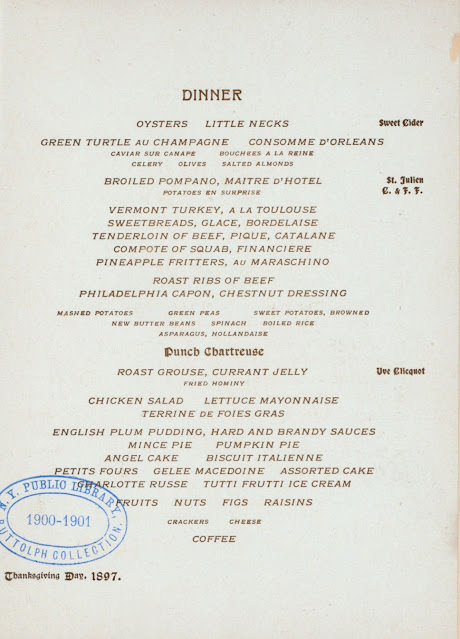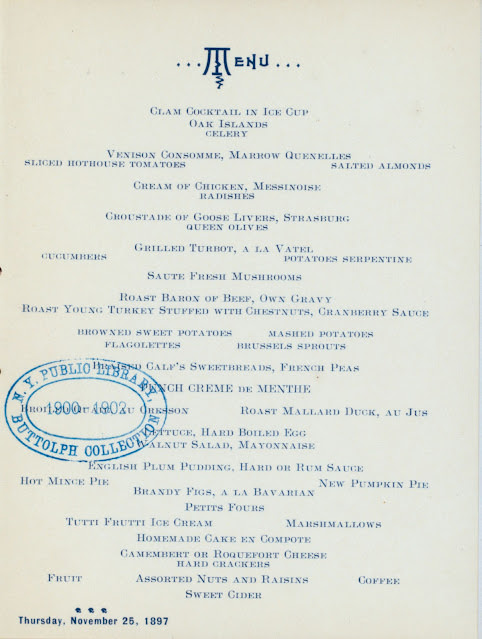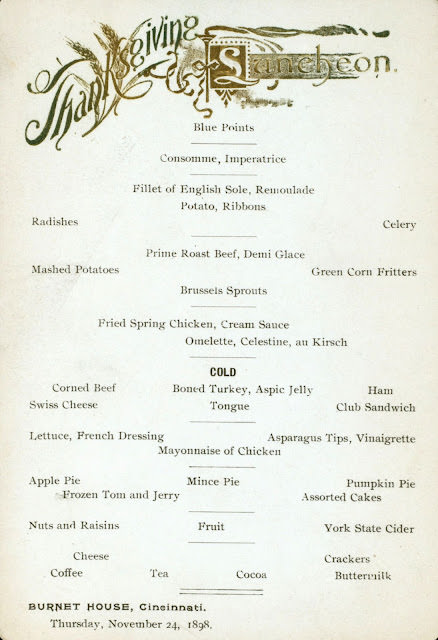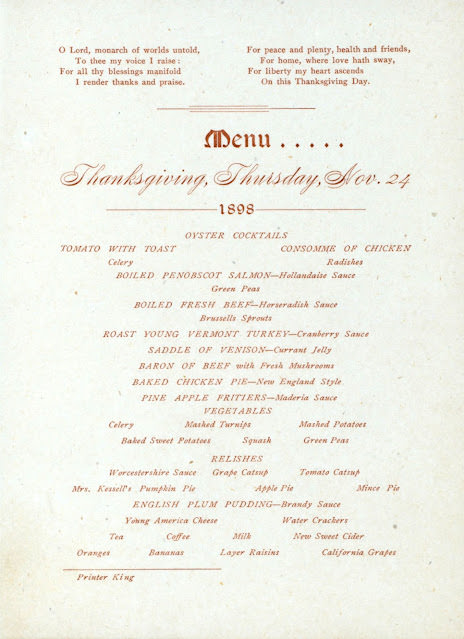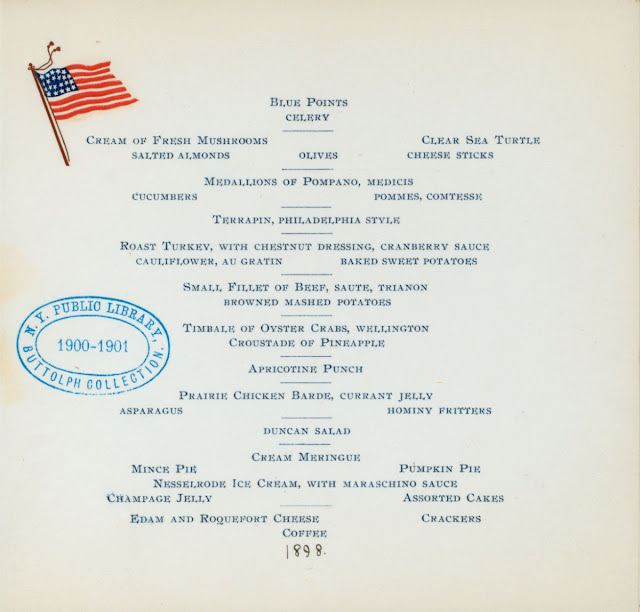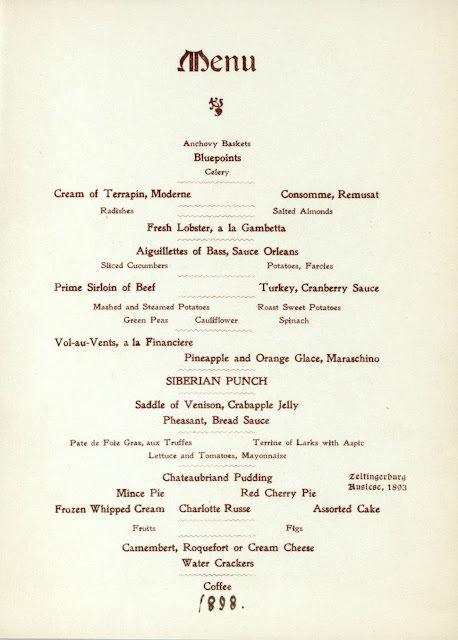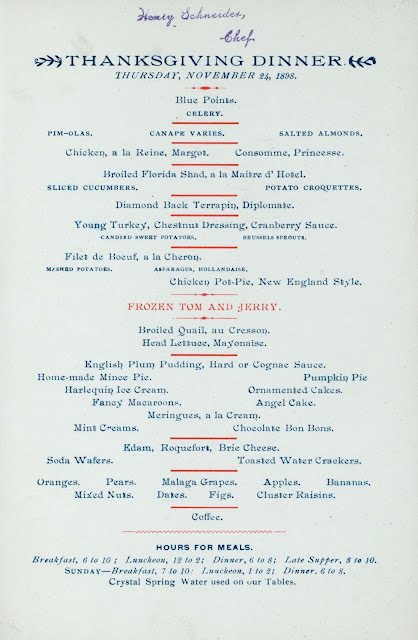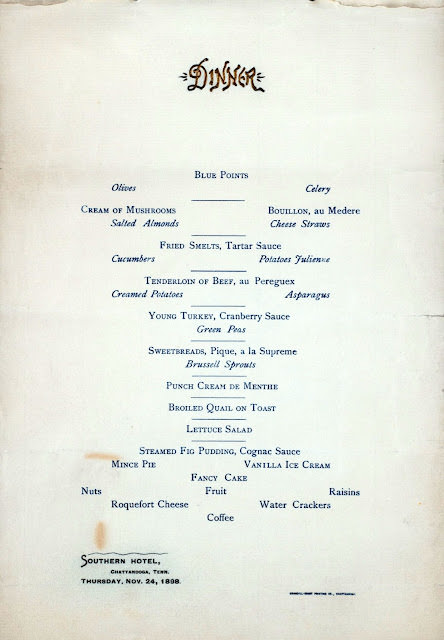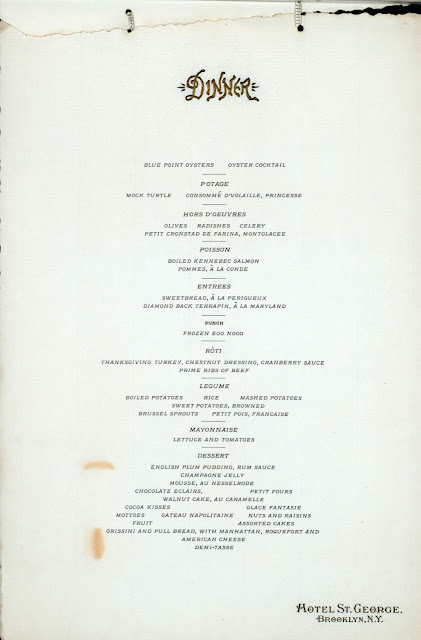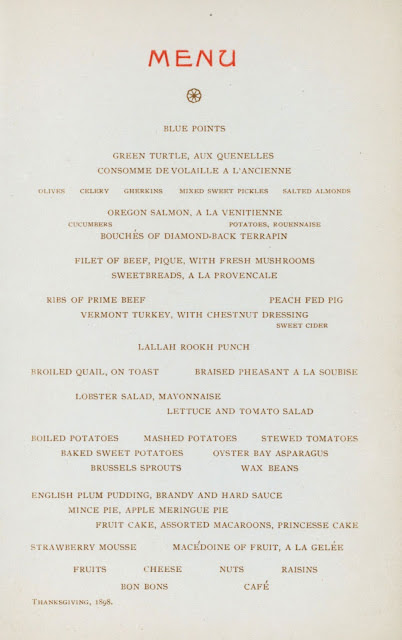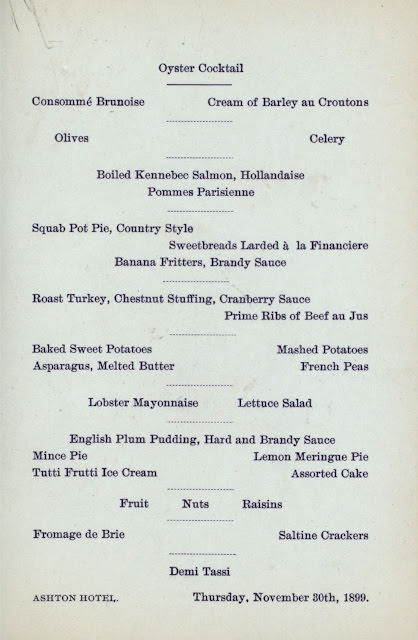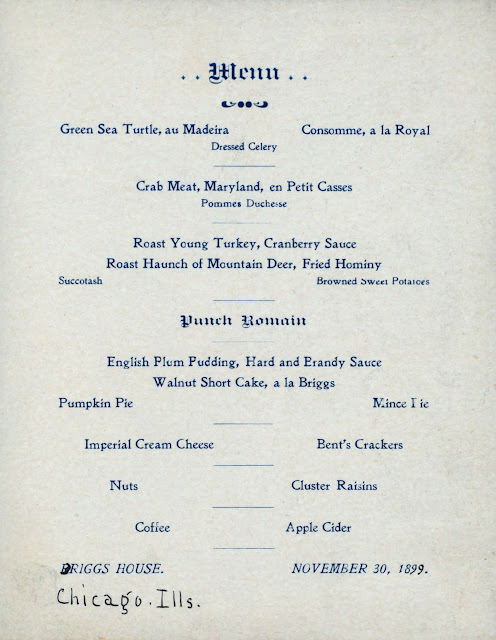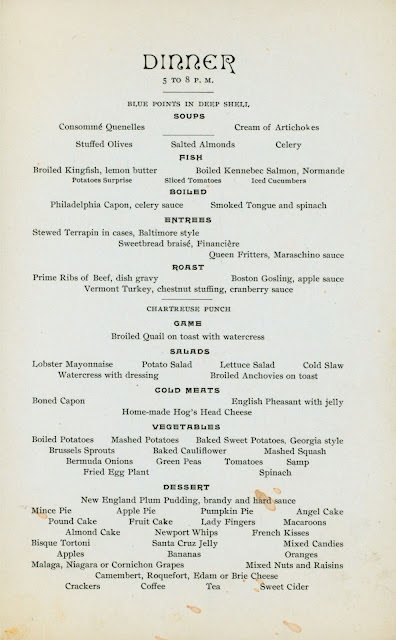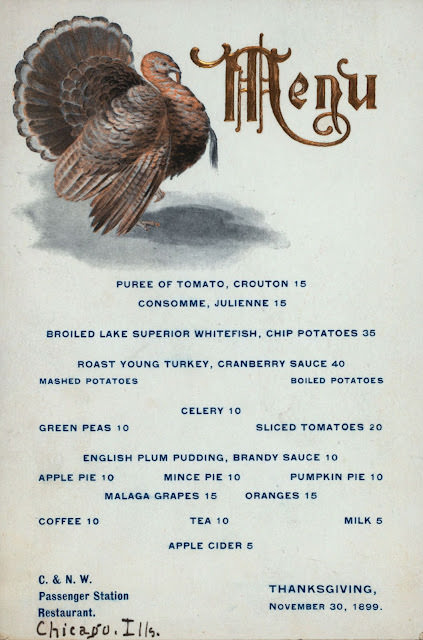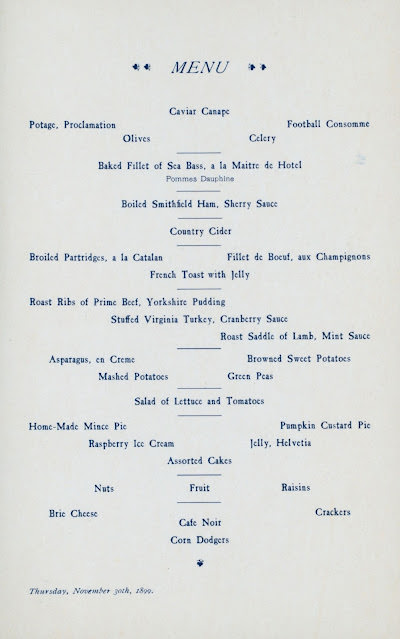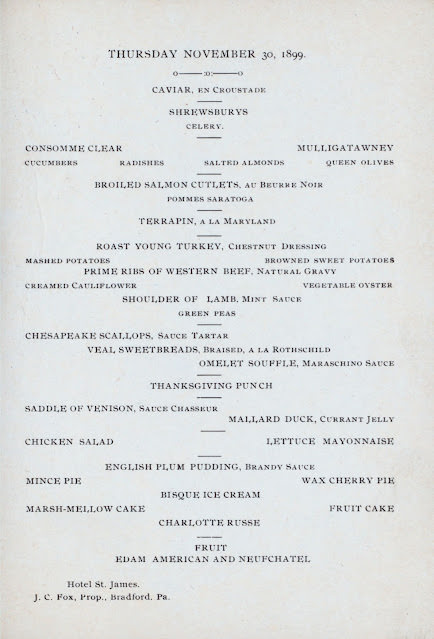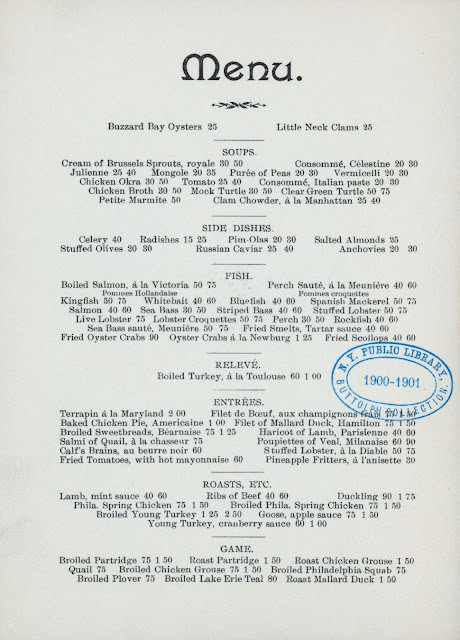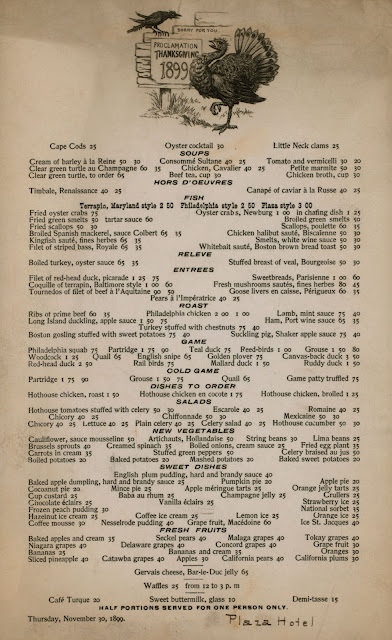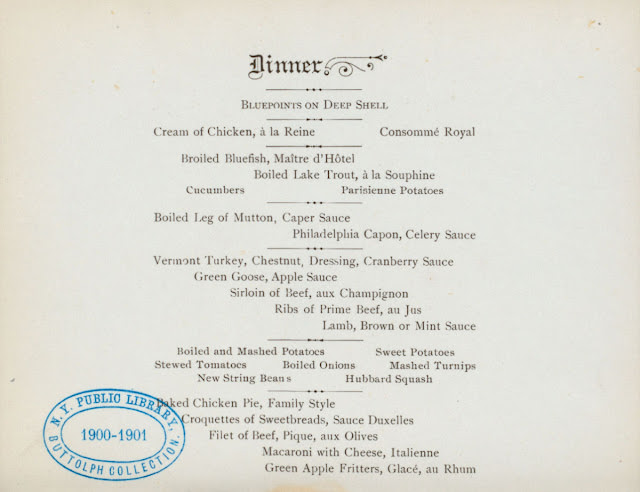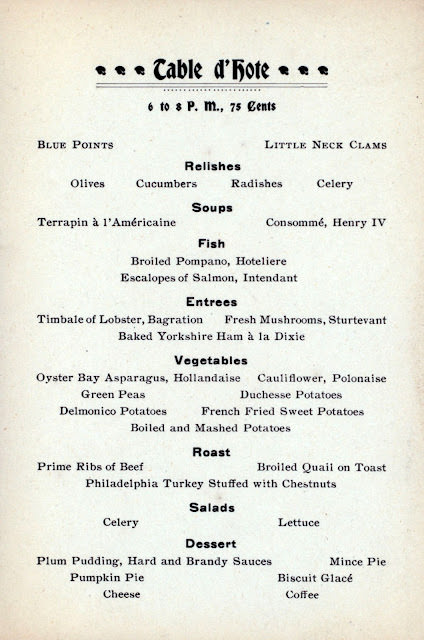As we gather around our tables this Thanksgiving, let’s take a fascinating journey back to the late 19th century to explore what Thanksgiving feasts looked like in the grand hotels of the United States. This period, marked by opulence in dining, offers a captivating glimpse into the culinary traditions and extravagances of the time.
The late 1800s in America, often referred to as the Gilded Age, was a period of rapid economic growth and, in certain circles, remarkable wealth. The grand hotels of this era were the epitome of luxury and elegance, serving as social hubs for the elite. Thanksgiving, a holiday already steeped in tradition, was an opportunity for these establishments to showcase their culinary excellence.
The Menu: A Lavish Spread
The meal typically began with a selection of soups, like a rich oyster stew or hearty mock turtle soup, showcasing the chef’s skill. This was followed by a fish course, often boiled salmon with Hollandaise sauce, reflecting French culinary influences. The main attraction was the roasted turkey, golden and delicious, surrounded by a variety of meats such as roast beef, ham, and venison, highlighting the richness of American cuisine. Equally important were the side dishes, including classic stuffing, mashed and sweet potatoes, creamed onions, glazed carrots, and baked squash. The bread basket was a staple, filled with freshly baked rolls, cornbread, and biscuits. For dessert, guests could indulge in traditional pumpkin pie, mince pies, plum puddings, and rich fruitcakes, often accompanied by exotic fruits like oranges. The beverage selection was impressive, with fine wines and brandies for those who drank alcohol and an assortment of teas, coffees, and ciders for those preferring non-alcoholic options.
These menus were not just about feeding guests; they reflected the times. The late 19th century was an era where European, especially French, culinary influences were highly regarded in American high society. The dining rooms were extravagantly decorated, the table settings were meticulous, and the service was impeccable. It was an experience that engaged all the senses, leaving a lasting impression on its guests. The Thanksgiving menus of these grand hotels were a blending traditional American holiday fare with the sophistication of European gastronomy.
As we consider these lavish feasts of the past, it’s intriguing to compare them with our contemporary Thanksgiving celebrations. While some elements like the turkey have withstood the test of time, many aspects of the meal, particularly the formality and the variety, have evolved.


